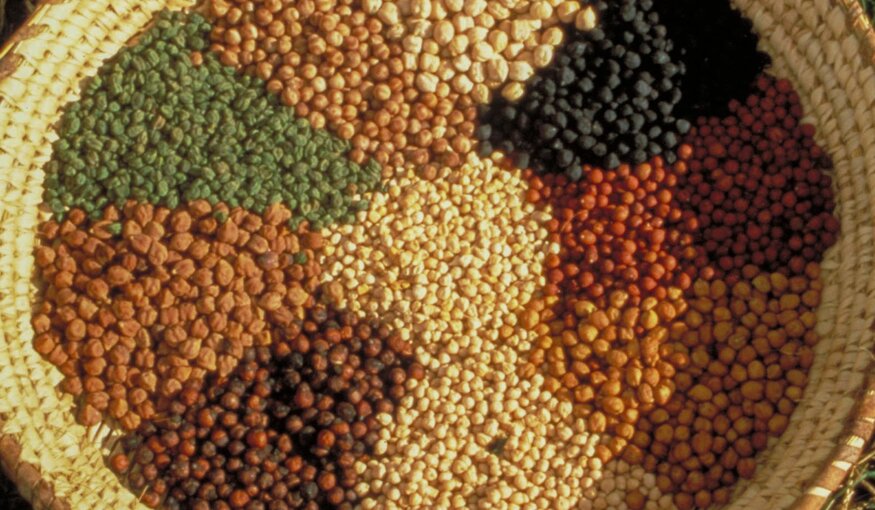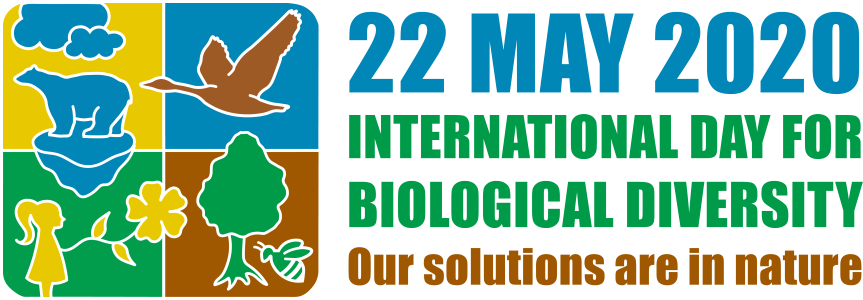Big, Dynamic, and Complicated: Celebrating International Day for Biological Diversity

22 May 2020
Today is International Day for Biological Diversity, and the theme this year is “Our solutions are in nature.” That’s easy enough to say, and of course very topical, not to mention sounding attractive, but what does it mean in practice? Where exactly in big, dynamic, complicated nature are these solutions?
Take collections of crop diversity. Yes, those are part of “nature” too, and they too are big, dynamic and complicated.
How do breeders and researchers find the solutions they need among the thousands of seed samples of their favourite crop and its wild relatives scattered across the world’s genebanks?
Here’s a few ways we at the Crop Trust are helping them.
First, researchers have to know what’s where. For that, fortunately, there is Genesys. This online entry-point to crop diversity collections in genebanks already allows you to search for seeds of a particular crop coming from a particular country or climate, for example. Increasingly, as genebanks add more datasets, it will also tell you about samples that have been assessed for particular traits, such as disease resistance. A new feature allows genebanks to designate “subsets,” or smaller groups of samples that have something of value in common, such as high micronutrient content or associated genomic data.
Once breeders get their hands on interesting seeds, they normally produce a huge variety of intermediate products on their way to coming up with the next blockbuster variety. A lot of solutions are hidden in those so-called breeding lines. The Crop Trust’s project on crop wild relatives has been supporting partnerships on about 20 different crops to help unlock the potential of breeding lines which researchers have produced by crossing domesticated crops with their untamed, more resilient cousins. The project uses Germinate databases to manage and make available information on this material, and help researchers pick the one line that may hold a solution to whatever their current problem may be.
But for all the millions of samples genebanks contain, not all the solutions to breeders’ problems are already safely in there, somewhere. Diversity is missing, even diversity of important staple crops. That’s why we’re working with the Plant Treaty to update and develop global crop conservation strategies. We’re reaching out to experts on a number of important crops to analyze what diversity is already in genebanks, and what isn’t; what each crop’s problems are, and where the answers may be found.
Yes, the solutions are in nature, but, whatever they may be, they are not just going to offer themselves up to us on a silver platter.
The opinions expressed here are those of the authors and do not necessarily reflect the opinions or views of the Crop Trust. The Crop Trust is committed to publishing a diversity of opinions on crop diversity conservation and use.


